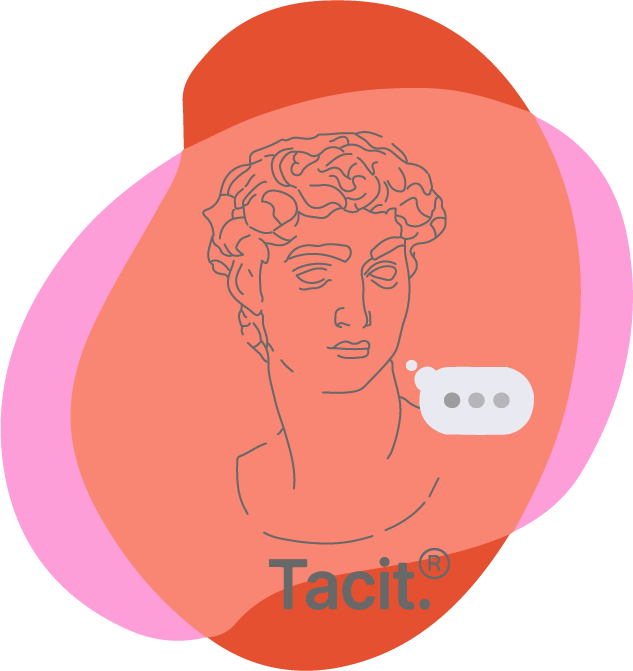Affective computing metrics
The first thing that comes to mind when talking about results and output in analysing biosensor data and Emotional AI in general are what is known as “basic emotions”.
According to Dr. Ekman, the initial definition of basic emotions include seven states: fear, anger, joy, sadness, contempt, disgust, and surprise; but he eventually changed it to six basic emotions - and this is what most young researchers and insights managers believe is the output of emotional analysis. But there is so much more!
Basic assumptions of Ekman’s facial action coding system illustrated using the face of Tim Roth, the actor portraying Dr. Cal Lightman in Lie to Me – a tv drama employing FACS to solve crimes. But since we are all scientists here and we value accuracy, remember to check out the critique of the show by Dr. Ekman himself
[source)
Granular emotional insights gained from multimodal affective computing
The main difference between the output of Tacit, as well as other multimodal affective computing companies, and simplified emotional AI is that the most commonly used systems ”in the wild” are unimodal affective computing whereas Tacit is involved with multimodal.
What is better in Affective computing? More is more!
The more, the merrier is what works for Affective computing, which has been shown in peer reviewed papers for a decade now - so what we are ideally aiming at to get the highest quality data and most granular output.
Source: https://www.researchgate.net/figure/Comparison-of-results-of-the-unimodal-and-multimodal-approach-using-two-three-and-four_fig6_262409896
Key metrics and their hierarchy
There are several metrics and their hierarchy our clients use, and despite acknowledging the fact that there is no OSFA, we will be showcasing and explaining the most commonly used by our client base.
Metrics hierarchy:
1) Composite metric: Tacit
2) Individual metrics
Lite 4 metrics
Pro 11 metrics
Composite metric called Tacit
Metric from 1 to 100, 1 being the worst and 100 being the best
In Lite: Composed out of individual metrics
Facial Coding
Speech sentiment
Body language
Eye tracking
In advanced versions we had:
Fatigue and focus
HR and respiration rate
Blinking
In Pro: Composed out of individual metrics;
Facial Coding
Speech sentiment,
Body language,
Eye tracking
EEG
ECG
Advanced metrics derived from that such as
Arousal
Valence
Stress
HRV





